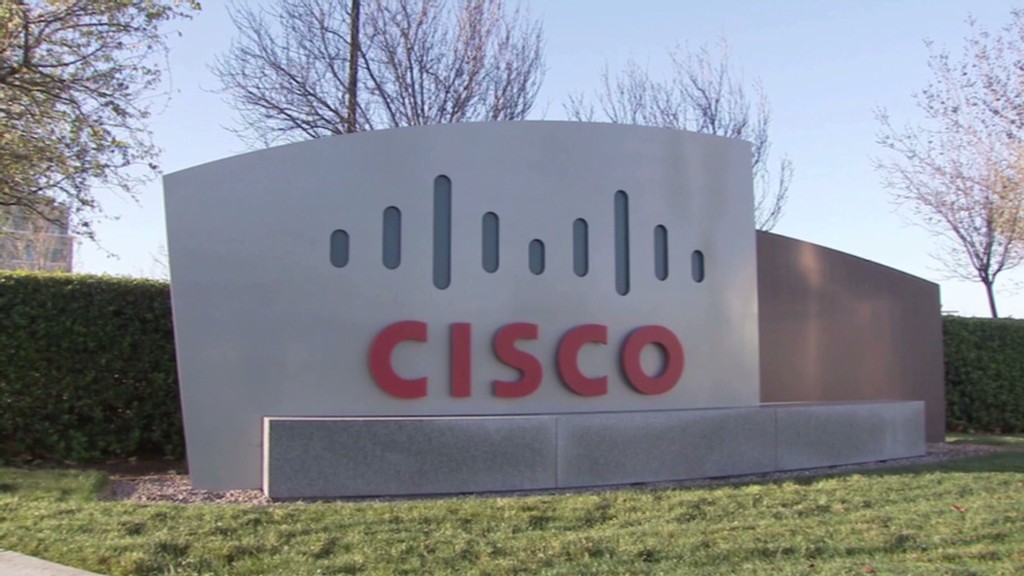
Scrappy online startups were among the first to realize that renting computing power from cloud providers like Amazon Web Services was an excellent deal. For some, it was the only way they'd get off the ground. What investor would pay millions to build a data center for a new game or service that might not take off?
Now, enterprises are following the little guys' lead and embracing cloud computing. But because of security concerns, custom requirements, and in some cases, sheer scale, a number of big organizations are doing it with a twist: They're creating their own private clouds.
PayPal, the U.S. National Security Agency, Samsung, BestBuy.com, Comcast, Bloomberg and even a group of particle physicists are among those that have launched their own isolated networks.
A private cloud is built on hardware that a business controls itself (sometimes through a contract with an outside vendor), rather than sharing it with others. Clouds are different than traditional data centers in several ways, a key one being that users can call up new computing resources on demand. That's a major improvement for many enterprises, where a developer might have to wait months to get access to an IT department server.
At PayPal, a unit of eBay (EBAY), developers used to have to fill out as many as 100 forms and sit through hours of meetings to roll out a small service, recalls Saran Mandair, the company's senior director of platform engineering and operations.
Now, programmers log into a portal where they can upload code to test, change and deploy. The goal -- which Mandair says PayPal hasn't quite reached -- is for a feature or service to go from a developer's desktop to a live service in an hour.
BestBuy.com is also shaving time off its development cycle with a newly launched cloud.
The company has more than 40 development teams around the world working on its website, which were using a variety of setups to test their projects. Many didn't match the production platform, causing problems when new features launched.
With the new cloud system, developers can test features in exactly the way they'll function on the live site. Because the process is so easy, developers are more likely to experiment. "Our teams are free to innovate," says Steve Eastham, Best Buy's director of e-business architecture.
It also means that coders are less likely to go rouge. Previously, some were turning to public cloud services for the computing resources they needed. But because they were doing so independently, charging the services on corporate credit cards, it was difficult for Best Buy to track resource usage and control spending, Eastham says.
Related story: The IPO market is back -- for enterprise tech
One of the most novel private clouds is a globe-spanning network built by a group of particle physicists.
Research centers around the world collect huge amounts of data when they run experiments. The detector at CERN, for instance -- which led to the discovery of the Higgs Boson -- required "racks of processors used to filter data," says Randall Sobie, a research scientist at the University of Victoria's Institute of Particle Physics.
Now that the experiment is over, those resources are sitting idle until the next project gets up and running.
Sobie and his colleagues would like to make those servers available to physicists anywhere. "They're being converted to OpenStack clouds," Sobie says. The group has already linked nine clouds around the world, including the one at CERN, that researchers can use through a custom-built scheduling system.
Open Stack is an open-source technology developed by NASA and Rackspace (RAX). It's one of many different systems -- including offerings from CloudStack, VMware (VMW), Microsoft (MSFT) and Eucalyptus -- that businesses use to build internal clouds, and it's popping up in some surprising places.
Like the U.S. National Security Agency. Understandably, the NSA is reluctant to divulge much about its cloud. During a presentation at a recent industry conference, Nathanael Burton, an NSA computer scientist, offered up a PowerPoint slide listing all details he couldn't share, including the number of servers in the NSA's cloud, its storage capacity, the apps running on it, and his favorite color. (Yes, that last one is a joke.)
But Burton did discuss how he took matters into his own hands while investigating ways to improve the NSA's cumbersome process for allocating resources to developers.
"Me and a coworker, two mad scientists, stole a rack," Burton quipped. "The goal was to try out OpenStack."
Burton and his co-conspirator had the NSA's private cloud up and running in two weeks. Now, he's in the process of opening up the cloud to all 16 agencies that comprise the U.S. intelligence community.
One of the cloud's most popular features is its accessibility.
"There's a free tier where they get a default [resource] quota without having to talk to somebody," Burton said. "That's big at the NSA, because most people here are introverts."

